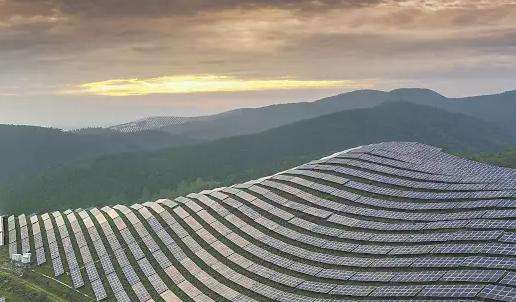First count the power of all the electrical equipment in your home, then decide which type of generator to buy. If it is used for lighting and watching TV, simply purchase a 1 kW generator. To use air conditioners, microwave ovens, induction cookers and other equipment, you need to purchase a 3-5 kW generator, and the power of the generator should be at least twice the total power of your electrical appliances, because the current of electrical appliances such as air conditioners and motors starts when starting. Will reach two to three times the rated current.
There are many factors to consider when choosing the power of a small home generator. Here are some suggestions and references:
Determine the main electrical equipment: List the items in the house. which must be powered by the generator. List of equipment, incl.neglected the power of the devices. For example, lighting fixtures, televisions, computers, refrigerators, air conditioners, etc. Knowing the sum of the powers of these devices will help determine the minimum generator power required.
Consider simultaneous use: Consider devices that could operate simultaneously during a power outage. If you only occasionally use certain low-power devices such as lighting and televisions, the energy requirements are relatively low. But if you need to run high-powered appliances like air conditioners and refrigerators simultaneously, you will need a more powerful generator.
Reserve some margin: In order to avoid the generator running at full load for a long time, it is recommended to choose a generator with a power slightly higher than the actual demand, usually 20%. A margin of 30% is reserved. This ensures that the generator is more stable during operation and can also cope with possible increases in electrical equipment.
Common equipment power reference: The power of some common household appliances is for reference. For example, lighting fixtures typically range from a few watts to tens of watts; computer hosts Typically this is a few hundred watts; the power of a refrigerator is generally from a few hundred watts to more than a thousand watts; the power of an air conditioner varies greatly depending on the number of horsepower. is approximately over 700 watts.
Here are the power ranges and applicable scenarios of some common small household generators:
1kW - 2kW: can be used to power low-consumption appliances such as lighting, televisions. , computers, loadurs, etc.
2kW - 3kW: In addition to the above equipment, it can also drive refrigerators, fans, etc. of lower power.
3kW - 5kW: can meet the needs of more equipment, such as medium-sized refrigerators, microwave ovens, small air conditioners, etc.
5 kW and above: Suitable for families who run multiple high-power appliances at the same time or have larger energy needs.
For example, if you only need to turn on a few lights and charge your phone during a power outage, a 1 kW to 2 kW generator may be sufficient if you have a refrigerator , a television and some lighting; equipment, a generator of around 3 kW may be more suitable; If you want to use multiple high-power appliances such as air conditioners and refrigerators during a power outage, you may need agenerator of 5 kW or more.
In addition, you should also consider the type of generator (such as gasoline generator, diesel generator, etc.), noise levels, energy efficiency, portability and other factors. Before purchasing, you can read the product manual, user reviews or consult a professional to choose the generator that best suits your family's needs.
The parameter examples of some small household generators are as follows for reference:
Minggu 3kw gasoline generator: rated power 3kw, standby power 3.2kw , rated voltage 220v, engine model to168fa, fuel consumption is 395g/kWh, fuel tank volume is 15l, oil volume is 0.6l, working time is from 8 to 12 hours, the weight of the machine is 45 kg and the overall dimensions are 620 × 430 × 500 mm.
Minggu 5.5 kW diesel generator: thenrated power 5.5 kW, standby power 6 kW, rated voltage 220 V, machine weight 84 kg.
Daze Power 5 kW variable frequency digital generator: rated power 5 kW, standby power 5.5 kW, rated frequency 50 Hz, rated voltage 220 V, power factor 1.0, number of phases single phase; , four-stroke wind turbine Cold engine, displacement 223cc, model to420d, fuel consumption 395g/kw.h, fuel tank volume 11l, oil volume 0.7l, working time 5.5-8h, noise (db ) 7m or 62-69, machine weight 39/41kg, Overall dimensions: 590×390×545mm.
Please note that the actual output power of the generator may be affected by the usage environment, load type and other factors. When using a generator, be sure to follow safe operating procedures and pay attention to the maintenance and upkeep of the generator to ensure its normal operation and service life. Dans the same time, when using a generator, pay attention to the safety of fuel storage and use to avoid accidents. If possible, consider equipping yourself with energy-efficient electrical equipment to reduce the need for generator power.














